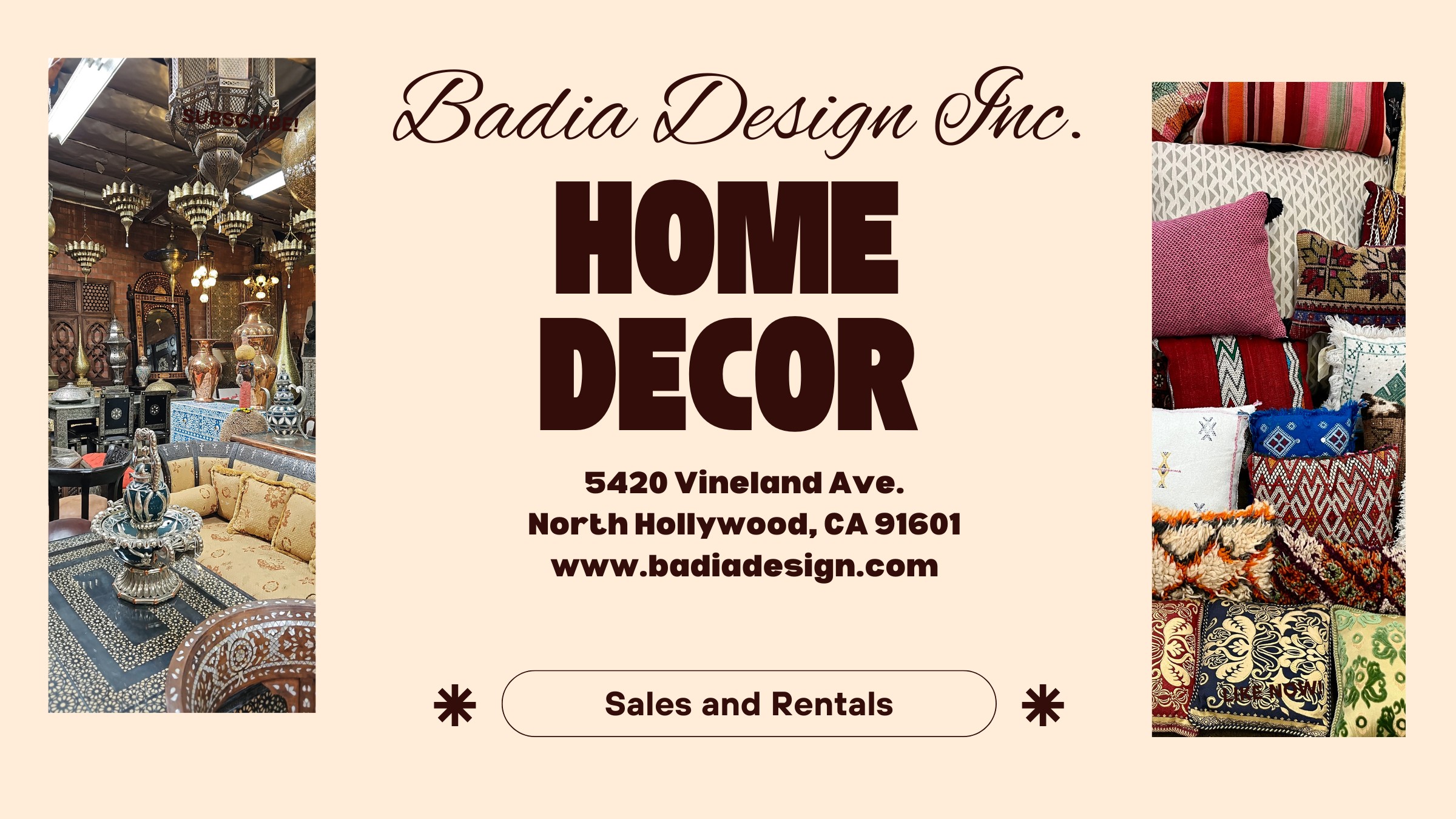Berber Kilim Rugs
Berber Kilim Rugs
Blog Article
Moroccan Berber Rugs: A Heritage of Craftsmanship, Culture, and Style
Moroccan Berber Rugs have captivated residents and organizations worldwide with their rich history, exquisite craftsmanship, and incomparable adaptability. Whether you are furnishing a comfortable living room, a chic office space, or a upscale resort, these rugs go beyond practicality to become cultural and artistic masterpieces. In this article, we’ll explore the rich origins of Moroccan Berber rugs, the meticulous craftsmanship behind their creation, their exceptional longevity, and creative ways to incorporate them into today’s interiors.
These rugs originated with the ancient Berber people of North Africa, dating back thousands of years. The Berbers, with their deeply rooted traditions, crafted unique weaving methods as a practical response of their migratory way of life and varied environmental conditions.
The symbols and motifs in these rugs narrate stories that are unique to the tribe or family of origin. Motifs often symbolize concepts such as protection, nature, or fertility, giving each rug cultural significance. Originally, these rugs were crafted for utilitarian purposes, such as providing warmth during harsh winters in the Atlas Mountains or acting as soft bedding in arid desert regions.
During the 20th century, these rugs were popularized by architects such as Le Corbusier and Frank Lloyd Wright, who used them in prestigious projects. Now, these rugs are prized for their beauty and historical depth.
The production of Moroccan Berber rugs is an intricate process handed down through generations. This craftsmanship embodies a deep connection to tradition and here creativity.
Berber rugs are typically crafted from natural materials such as pure wool, camel hair, or even cotton. Wool stands out for being both durable and cozy, as well as for its thermal qualities. The wool is usually spun by hand, resulting in a one-of-a-kind finish.
Weaving these rugs is an elaborate process, requiring great patience and effort on traditional looms. The knots—whether Beni Ourain’s loose and shaggy texture or the tighter weave of Azilal rugs—shape its beauty and resilience.
Natural dyes derived from organic sources are used to create the bold hues found in many Berber rugs. Earthy tones such as beige, cream, and brown are common in Beni Ourain rugs, while Azilal and Boucherouite rugs showcase bolder colors like reds, blues, and yellows.
The longevity of these rugs is one of their standout qualities. As a result, they’re an excellent fit for homes and work environments.
Berber rugs owe their longevity to the excellent quality of their natural fibers. Wool’s elasticity and stain resistance contribute to their durability.
Taking care of these rugs is straightforward. Regular vacuuming, spot cleaning with mild detergent, and occasional professional cleaning will keep them looking pristine for years.
How to Decorate with Moroccan Berber Rugs
Incorporating Moroccan Berber rugs into contemporary interiors is easier than you might think. Their versatile designs and textures can complement a wide range of styles, from minimalist to bohemian.
1. Create a Focal Point in the Living Room
A large Beni Ourain rug can serve as the focal point of your living area. Its neutral colors and simple geometric patterns can tie together various design elements while adding a sense of warmth and comfort.
2. Introduce Vibrancy to Minimalist Rooms
In minimalist or neutral spaces, a colorful Azilal or Boucherouite rug can add a bold, eye-catching accent. These rugs work particularly well in neutral-toned rooms, where they serve as a focal point.
3. Layer Rugs for Texture
To create a warm, layered look, place a smaller Berber rug atop a larger rug made from natural fibers like jute or sisal. This pairing enhances texture and emphasizes the unique patterns of the Berber rug.
4. Elevate the Look of Offices and Workspaces
Moroccan Berber rugs are perfect for adding elegance and warmth to professional spaces, including offices and lounges. Their handmade quality conveys a sense of luxury and authenticity.
5. Use as Wall Art
Some Moroccan Berber rugs are so visually stunning that they deserve to be displayed as art. Displaying a Berber rug on a wall highlights its intricate design and cultural significance.
Reasons to Invest in Moroccan Berber Rugs
For both homeowners and businesses, Moroccan Berber rugs represent a blend of practicality, aesthetics, and cultural significance. These rugs are built to last, and their classic designs remain relevant despite evolving decor trends.
Sustainability and Ethical Production
Berber rugs are often made with environmentally responsible and sustainable techniques. By investing in these rugs, you’re not only enhancing your space but also supporting traditional artisans and their communities.
The Appreciating Worth of Moroccan Berber Rugs
Authentic Moroccan Berber rugs often appreciate in value over time, especially vintage or rare pieces. These rugs serve as both decorative items and investment-worthy collectibles.
 Report this page
Report this page